New property listed in Zone 58, Edmonton



As the famous Benjamin Franklin quote goes, there are two things in life that are unavoidable – death and taxes. Luckily, at least one of those can be made easier with the right knowledge. With filing deadlines fast approaching, here are a few things to know this season.
Individuals in Canada must file their income tax returns by April 30, which falls on a Friday this year. If you are self-employed, or your spouse is, the deadline to file is extended to June 15 although any balance must still be paid by April 30.
There are a few federal homeowners tax credits you should know about when preparing your return.
First-Time Home Buyers' Tax Credit
If you purchased your first home in the 2020 tax year, or if you haven't lived in a home owned by you or your spouse in the last four years, you may qualify for the First-Time Home Buyers' Tax Credit (HBTC) of $5,000, which adds $750 to your tax refund.
If you paid Goods and Services Tax (GST) on a home that was newly built or substantially renovated last year, you might be able to take advantage of a new housing rebate on part of the tax.
Home Accessibility Tax Credit (HATC)
The Home Accessibility Tax Credit (HATC) could help you save taxes on an eligible renovation costing up to $10,000 if you and the property meet specific criteria. The renovations have to be permanent, make the home more accessible or reduce the potential harm to the qualifying individual, and be completed by qualified professional tradespeople.
Rental income deductions
If you rent out all, or even just part, of your property you must declare the income on your taxes. The good news is you can also claim allowable expenses such as advertising fees, property taxes, insurance, and interest on money you borrowed to purchase or renovate the rental property
If you moved to attend school full time, launch a new business, or take a new job, your moving expenses – like moving company bills, hotel bills, and legal fees - could be tax-deductible.
Working from home
Like any year, if you are a business owner or self-employed and work from home, you can claim certain expense related to your work that could include a portion of your utility bills, homeowners' insurance, internet bills, office supplies, and more.
In 2020, because of COVID-19, there are additional working-from-home expenses that you may be eligible for. The CRA allows all employees who worked from home during the COVID-19 pandemic in 2020 to claim up to $400 as a flat rate or $2 per day in employment expenses. Read more about eligibility here.
This information is for general use and does not constitute legal or financial advice. Please speak to an accountant about your specific situation.




The Highlands neighbourhood in north east Edmonton is a popular residential area and, a few years ago in 2012, it was named one of Canada's top ten neighbourhoods of old homes by the magazine “This Old House.”
The neighbourhood was annexed to the city in 1912 and got its name from a contest that offered a $50 dollar prize for the best suggestion – and Highlands it became!
Highlands is surrounded on the north by 118 Avenue, on the east by 50 Street, on the west by 67 Street, and on the south by the North Saskatchewan River valley. Residents have easy access to the University of Alberta and Whyte Avenue, as well as wonderful views of the North Saskatchewan River Valley. It is the perfect place for anyone looking to settle down.


Cherrydale Park
7524 139 Avenue
There are a variety of stretching and strength stations at this park, which are found along a walking trail. There is also signage about healthy eating and living for additional tips.
Gateway Fitness Park (The Village at Blackmud Creek)
1006 103A Street SW
At this park, you will find pods along a walking trail and equipment that includes strength, balance and stretching stations.
Grandview
124 Street and 63 Avenue
This park has a grouped circuit which includes cardio equipment, like elliptical and strength-based equipment like leg and body lifts.
John J. Olinyk Park (Beverly Heights Park)
4626 115 Avenue
You’ll find a variety of stretching and strength stations along a walking path. There is also a playground nearby and a chess tables.


Here’s how to create a home gym that you’ll actually want to work out in – without breaking the bank or dedicating half your living room to unnecessary fancy gym gadgets.
1) Set your fitness goals
What do your goals have to do with your home gym? Everything. Having a clear goal in mind will inform what kind of set up you need. Are you focusing on cardio, strength, endurance, flexibility or a mixture? Have a clear picture in your mind of what you will be aiming for before you begin – and it’ll help you achieve those goals, too!
2) Select a space
Which space you decide to use for your workouts is a personal decision based on your specific circumstances. If you have a basement, a garage or a spare room – fantastic! For smaller-space dwellers, a spot in the living room or bedroom will work just as well. All you really need is a yoga mat-sized space. On warmer and dry days, don’t forget to utilize the outdoor space you have access to (and keep reading for a list of the best parks for workouts in your city!)
3) Modify your space
Make sure there is adequate lighting and airflow. You may also want to set up a full-length mirror to keep an eye on your form. If you live above other residents in an apartment, make sure the floor is sufficiently padded to avoid potential noise complaints from jumping or dropping weights. If your set-up up is in a basement, double check there is no mould to avoid health problems.
4) Stock your gym
Buying gym equipment can range anywhere from a few dollars up to the thousands. Indoor cycling bikes and treadmills are hugely popular options for those with a bit more space (especially during COVID-19, items like Peloton bikes sold out!). For a more minimalist set-up, we recommend the following items:
a. A jump rope for warming up and cardio
b. A single kettle bell between 10-40 kg, depending on your strength and goals
c. A set of resistance bands
d. A door-mounted pull-up bar
e. A yoga mat for bodyweight movements and stretching
5) Put it to good use
You have your goals, you have your work out space, and now all you need is to get started. There are countless apps and online workout routines available (popular YouTube follow-alongs, for example, include Yoga With Adrienne and Tom Merrick).
It’s best to exercise at the same time every day to follow a routine and, if you can, team up with a friend virtually to have an accountability buddy!





